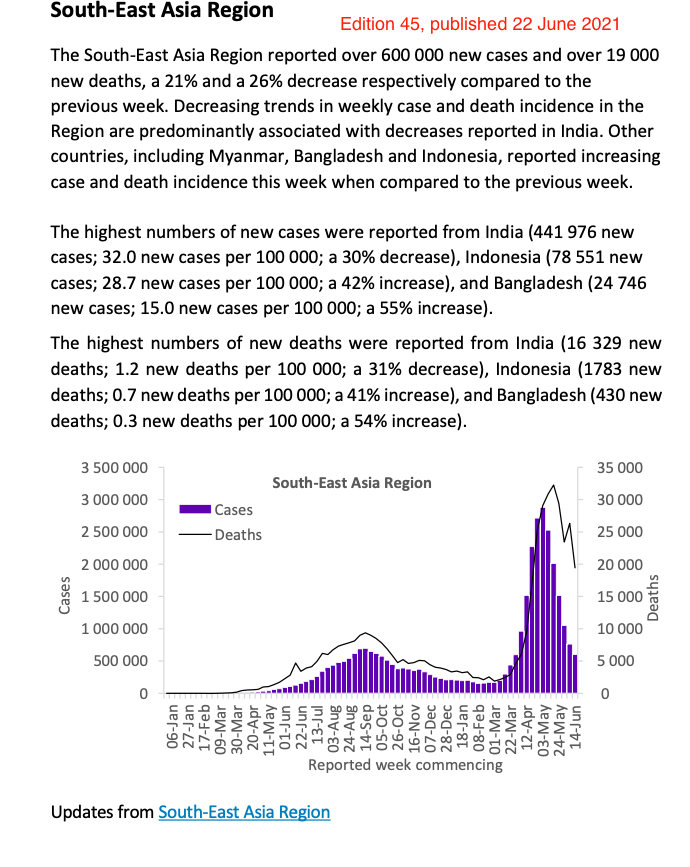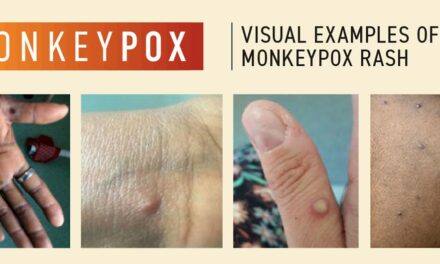[City, Country – e.g., Sydney, Australia – or leave generic if location isn’t central] – The quest for the ‘ideal’ male physique, amplified by social media platforms like Instagram and TikTok, is contributing to a concerning rise in the use of Performance and Image-Enhancing Drugs (PIEDs), particularly anabolic steroids, among men. While the admiration for strong, athletic bodies dates back centuries, today’s digital landscape presents unique pressures and risks.
Social media feeds are increasingly saturated with images and videos promoting extreme muscularity. Experts note that some fitness influencers openly advocate for steroid use as a shortcut to achieving these looks, while others present their physiques as naturally attainable, only later to be revealed as users of PIEDs. This can leave impressionable followers, especially young men, feeling that chemical enhancement is the only path to achieving similar results.
This trend is driven partly by societal pressure towards hypermasculine ideals, where influencers with vast followings set unattainable standards. “It is no longer just about fitness, it is about shaping an identity around an ideal male body,” according to insights from recent studies and analysis provided by The Conversation.
The use of PIEDs, which include anabolic steroids, human growth hormone, and other drugs used ‘off-label’, carries significant health dangers. Beyond known risks like heart disease and liver damage, users can face severe psychiatric consequences, including mood disorders, aggression, and depression. Tragic outcomes have been reported, such as the death of Australian fitness influencer Jaxon Tippet at age 30 from a heart attack, a condition linked to anabolic steroid use, which he had admitted to using previously.
In response to the growing use and associated dangers, a counter-movement focused on harm reduction and “safer use” is emerging within the fitness community itself. Some elite bodybuilders and coaches are now championing transparency about their own steroid use and partnering with academics to discuss health monitoring strategies, such as regular blood testing, via podcasts and other platforms.
However, the burgeoning online fitness and drug coaching industry lacks formal regulation, meaning the quality and safety of advice can vary wildly, with some influencers potentially promoting dangerous practices.
Experts argue that simply telling individuals to “just say no” is ineffective. Instead, they advocate for educational approaches that partner with users and trusted community figures. An example cited is fitness personality Vigorous Steve, who uses his large social media platform to share research on steroid harms and promote harm reduction education.
Initiatives like the Steroid QNECT program, launched by the Queensland Injectors Voice for Advocacy and Action (QuIVAA), aim to provide peer education, support, and resources through online platforms, bridging critical gaps in education for Australians using steroids.
The consensus emerging is that a collaborative effort involving peers, policymakers, researchers, and health professionals is needed to provide accurate, balanced education about the risks of steroid use and promote harm reduction strategies, particularly targeting young men navigating these intense societal and digital pressures.
Disclaimer: This news article is based on information provided from an external source (“The Conversation”). While efforts have been made to accurately represent the source material, this article is intended for informational purposes only and does not constitute medical advice or an endorsement of any practices mentioned. Readers should consult with qualified healthcare professionals for any health concerns or decisions related to substance use.












